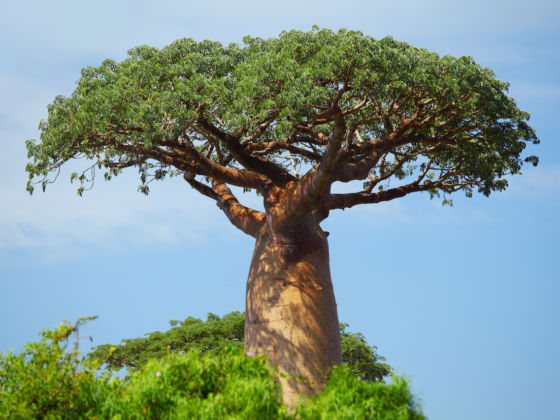The mighty baobab trees have lasted on this earth for thousands of years — between 1,100 and 3,000 years to be more specific — living through the early days of civilizations, the formation of countries and several world wars. Found mainly in Africa’s savanna region, they are the biggest and longest-living flowering tree in the world, with branches resembling gnarled roots reaching up toward the sky. But it would appear that not even these behemoths can withstand climate change; the oldest of these trees are suddenly, and rapidly, dying.


The World’s Oldest Baobab Trees Are Suddenly Dying After Thousands of Years
A research team wrote in the Nature Plants scientific journal that nine of the 13 oldest trees have died over the past 12 years, which they describe as an “event of unprecedented magnitude.” The study’s co-author, Adrian Patrut of Romania’s Babes-Bolyai University, said, “it is definitely shocking and dramatic to experience during our lifetime the demise of so many trees with millennial ages.”
Between 2005 and 2017, researchers studied and collected data on over 60 baobab trees in southern Africa, and during the course of the study, most of the oldest and largest trees died. While the cause isn’t known for certain, researchers suspected that significant modifications of climate conditions in southern Africa are to blame.
Intentionally destroying a baobab tree is incredibly difficult as they are very hard to kill. Even when burnt or stripped of bark, baobabs will just form new bark and continue growing. Climate change, on the other hand, causes systemic problems that can be impossible for the trees to overcome.
The oldest baobab tree to perish was the Panke tree in Zimbabwe, which died in 2011, and was estimated to be 2,500 years old.
H/T: The Guardian